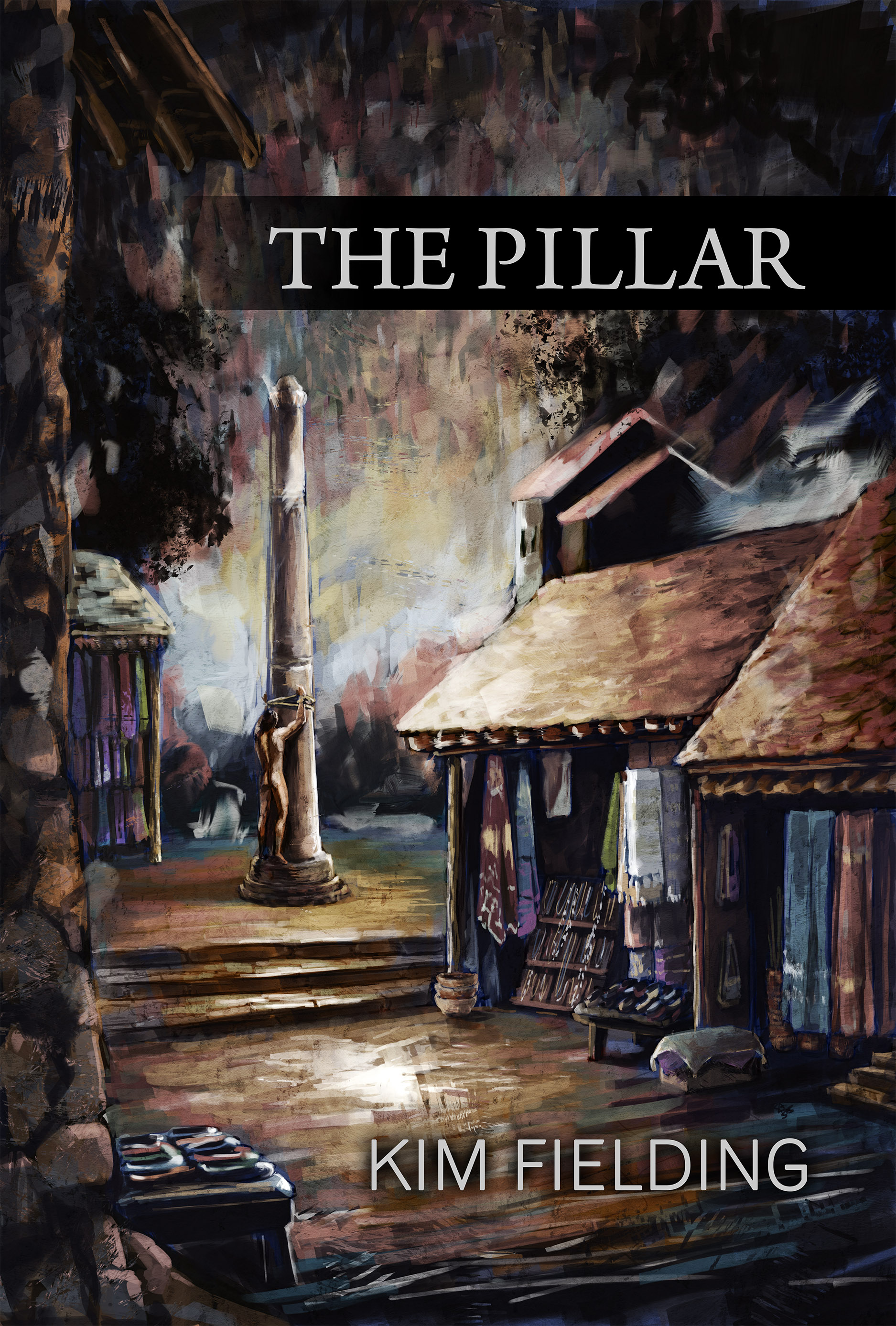The Pillar Release Day — and Contest!
Today is release day for my newest novella, The Pillar! You can buy it at Dreamspinner Press, Amazon, ARe, or other booksellers. To celebrate, I’m running a contest. Details are below, but first, the blurb: During his youth, orphaned thief Faris was flogged at the pillar in the town square and left to die. But …


